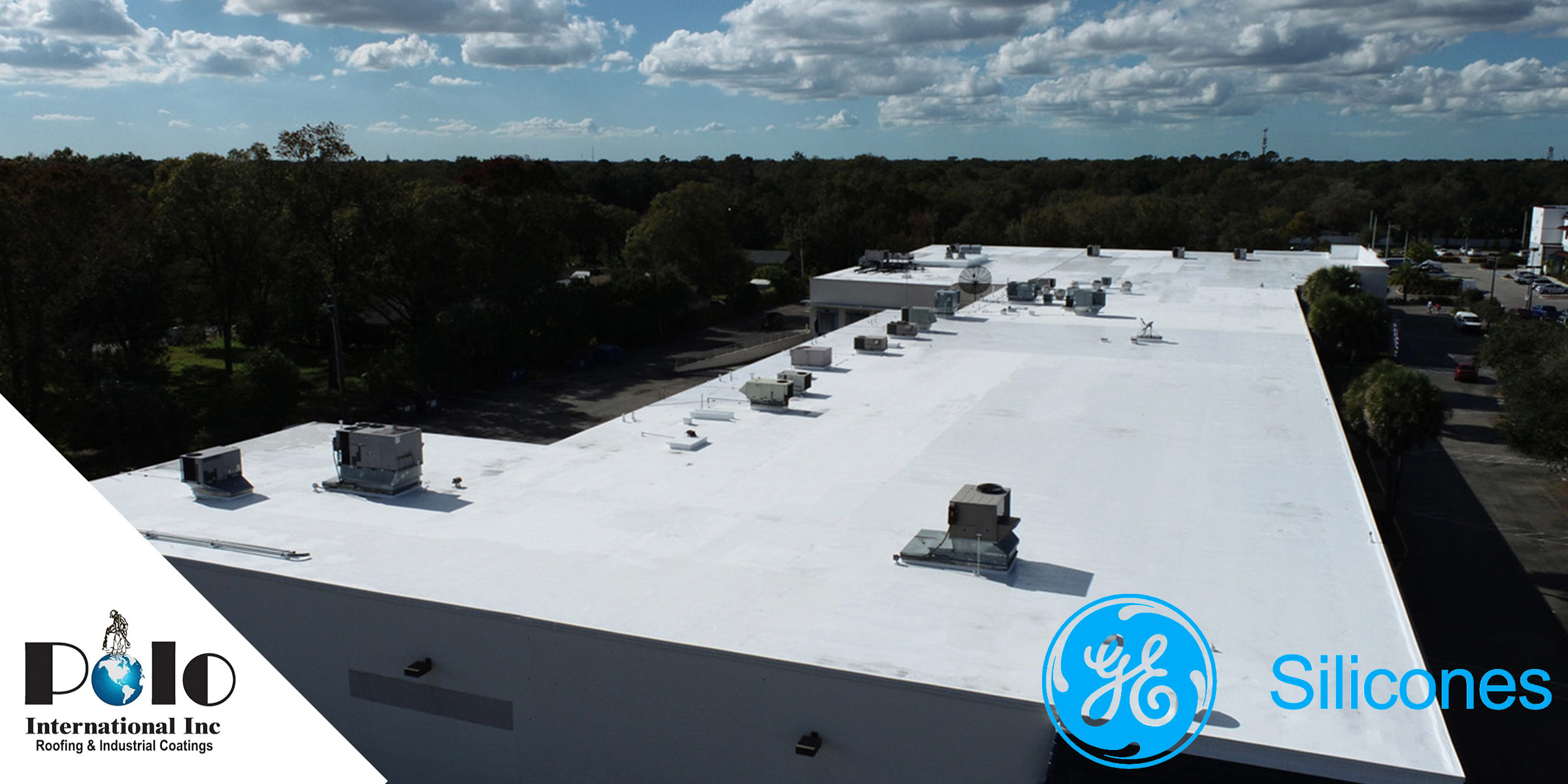
When winter arrives, do your heating bills rise faster than the temperatures drop? For many commercial property owners, maintaining energy efficiency during cold weather is a major concern. Spray Polyurethane Foam (SPF) roofing offers a solution to this challenge. Widely regarded as one of the best roofing options for commercial buildings, SPF roofing provides a robust barrier against the elements, enhancing energy efficiency and reducing utility costs.
SPF roofing acts as a highly effective insulating layer, minimizing heat loss and decreasing the need for excessive heating. Its seamless, water-resistant surface not only improves insulation but also extends roof longevity by minimizing weather-related damage. Adhering to regular roof maintenance practices further amplifies these benefits, making it a strategic investment for property managers focused on sustainability and cost reduction.
Understanding the role of SPF roofing during winter is essential for building owners and managers. By choosing energy-efficient roofing systems, they can enhance interior comfort, lower operational costs, and contribute positively to environmental sustainability. Below, we explore the key factors that make SPF roofing an excellent choice for winter energy efficiency.
Key Factors in Winter Energy Efficiency
Insulation and Thermal Bridging
Proper insulation is critical in creating an energy-efficient building envelope. SPF roofing excels by expanding upon application, filling gaps and sealing cracks. This creates a uniform thermal barrier that reduces the escape of warm air and prevents cold air intrusion. During winter months, this minimizes heating demands, reducing energy usage and associated costs.
Thermal bridging—where heat escapes rapidly through structural materials—can significantly undermine a building’s energy efficiency. Spray foam roofing combats this by providing a continuous layer of insulation, eliminating potential points of energy leakage. This ensures consistent interior temperatures and reduces energy waste.
Air Leak Prevention and Moisture Control
Air leaks are a major contributor to energy loss in commercial buildings. Unsealed areas allow warm air to escape, forcing heating systems to work harder to maintain comfortable temperatures. SPF roofing’s airtight seal effectively minimizes air leakage, conserving energy and improving overall efficiency.
Moisture control is another critical factor. Damp insulation loses its effectiveness and can lead to structural damage. Spray foam roofing is impervious to water, retaining its insulation properties even in the presence of moisture. It also prevents mold growth, which can degrade building materials and compromise indoor air quality.
Reflectivity, Durability, and Installation
Reflective properties in roofing contribute to energy efficiency year-round. While primarily beneficial in summer, SPF roofing with reflective coatings can also manage solar heat gain during winter, reducing heating demands and contributing to energy conservation.
Durability ensures that energy-saving benefits are long-lasting. SPF roofing resists weather impacts, wear and tear, and other common roofing issues, maintaining its insulating properties over time. This longevity reduces the need for frequent repairs or replacements, delivering consistent energy savings.
Proper installation is essential to realizing these benefits. High-quality SPF material, applied by trained professionals, ensures seamless and uniform coverage, preventing thermal bridging and air leaks. The precision of the application process solidifies SPF roofing as an effective and sustainable energy-efficient solution.
Lasting Notes
Spray foam roofing offers a comprehensive solution for enhancing winter energy efficiency in commercial buildings. By addressing key factors such as insulation, thermal bridging, air leakage, and moisture control, SPF roofing helps property managers achieve substantial long-term energy savings. Proper installation and maintenance further amplify these benefits, making SPF a smart investment for sustainable building management.




